The Allure of Hot Wheels Downhill Racing
Hot Wheels diecast downhill car racing captures the imagination of both kids and adults alike. The thrill of watching miniature cars speed down custom-built tracks, defying gravity and competing for the finish line, is a timeless appeal. This exhilarating activity combines elements of engineering, physics, and of course, pure fun. From simple track setups to elaborate designs, the possibilities are endless, and the excitement never fades. The variety of cars, track configurations, and racing strategies keeps the experience fresh and engaging, making it a beloved hobby for many.
Classic Downhill Tracks
Classic downhill tracks are the foundation of the Hot Wheels racing experience. These tracks, often built with orange plastic pieces, offer a dynamic racing environment. The best tracks are often those that incorporate various elements to maximize speed and excitement. The key is to experiment with various track configurations to find the perfect balance of speed and challenge for your diecast racers. Consider using a combination of straightaways, curves, and special features to test car performance.
Track Design and Slope
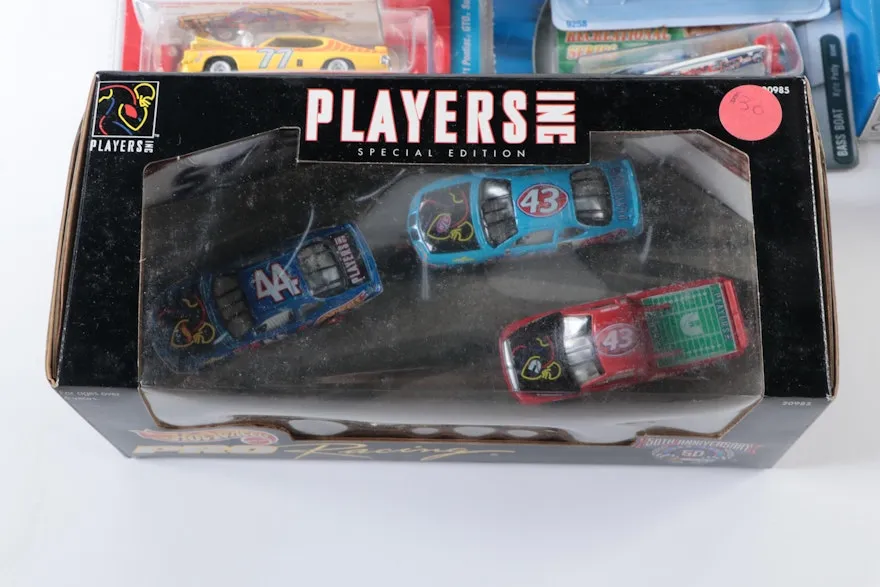
The track design and slope significantly influence the racing dynamics. A steeper slope provides greater initial acceleration due to increased gravitational force. However, too steep a slope can lead to cars derailing. It’s important to maintain a consistent slope throughout the track to ensure a smooth and exciting race. Experiment with different angles to see how they affect the speed and overall performance of your cars. Also, a well-designed track incorporates strategically placed turns and curves to add an element of skill.
Car Selection
Car selection is crucial in downhill racing. Different Hot Wheels cars have varying weights, wheel designs, and aerodynamic properties, all of which impact their speed and performance on a downhill track. Cars with heavier weights and smoother wheels often excel in these races, as they maintain momentum better. Consider the car’s wheel alignment, as this significantly affects its ability to stay on track and navigate turns. Experiment with different cars to identify the ones that perform best on your track.
The Loop-de-Loop Challenge
The loop-de-loop is a classic Hot Wheels feature that tests the car’s ability to maintain speed and overcome the forces of gravity. Successfully navigating a loop requires the car to have sufficient momentum to reach the top and complete the circuit. This adds an exciting element of risk and reward to the race, as cars that are too slow might fall off the track. The size and shape of the loop also affect the challenge.
Physics of the Loop
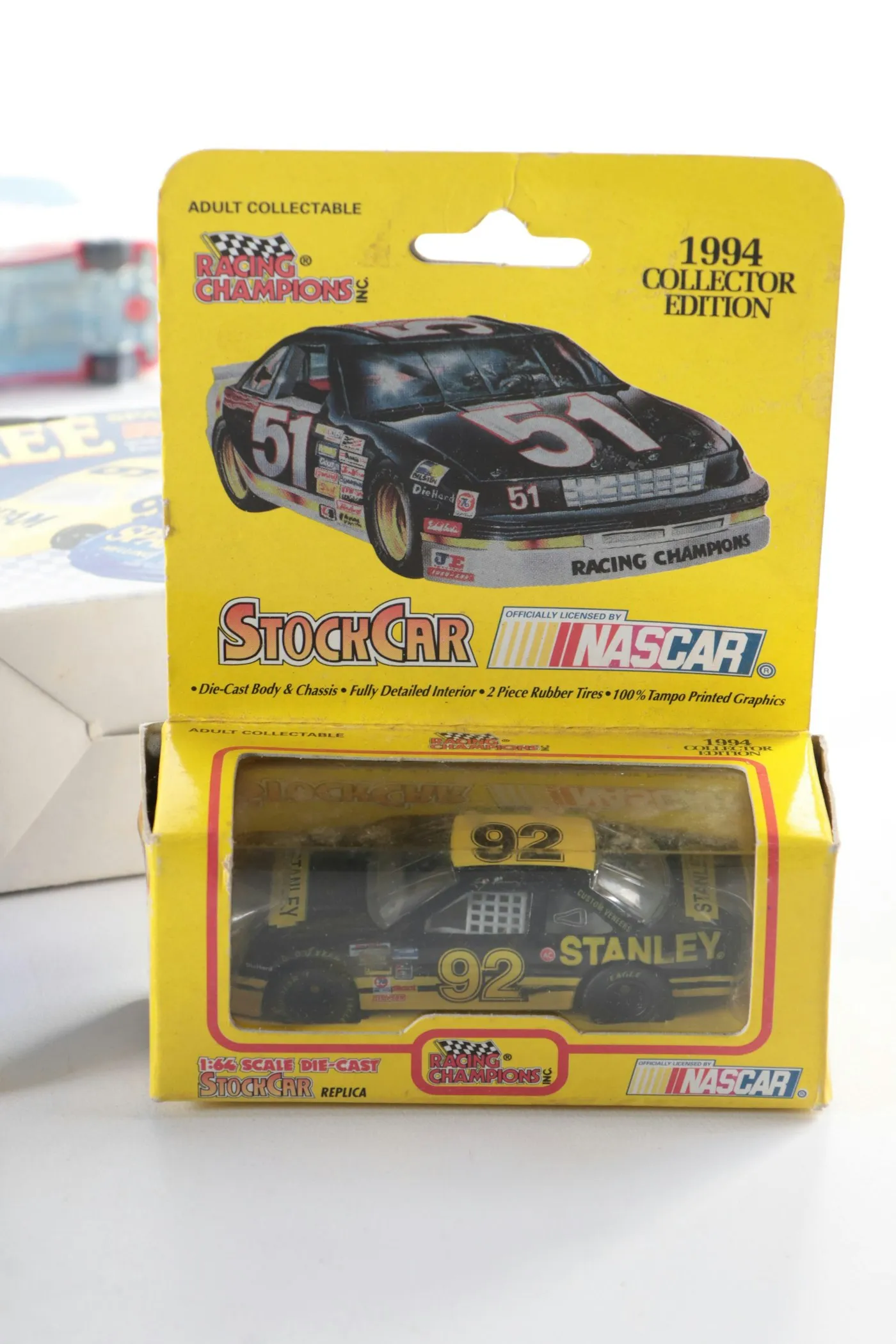
The physics behind a successful loop-de-loop run are fascinating. The car must have enough potential energy at the start to convert into kinetic energy as it moves downward. This kinetic energy enables the car to maintain sufficient speed to counteract gravity’s pull as it goes upside down. The car’s weight, the loop’s diameter, and the track’s friction all influence the car’s chances of completing the loop. The right balance will allow the car to traverse the loop without falling off the track.
Car Preparation
Preparing your car for a loop-de-loop challenge involves optimizing its performance. Make sure the wheels spin freely and the axles are straight to reduce friction. Adjusting the car’s weight distribution can also enhance its ability to stay on track. You may need to modify your car for an optimal run, which often includes removing unnecessary parts to reduce weight and improve aerodynamics.
The Corkscrew Race
The corkscrew race offers a thrilling test of a car’s handling and speed. In this type of race, the track is configured to spiral downward, presenting a series of challenging turns and turns. Successfully navigating a corkscrew requires precise control and optimal speed. The car’s ability to maintain its momentum and stay on track is paramount.
Track Banking and Turns
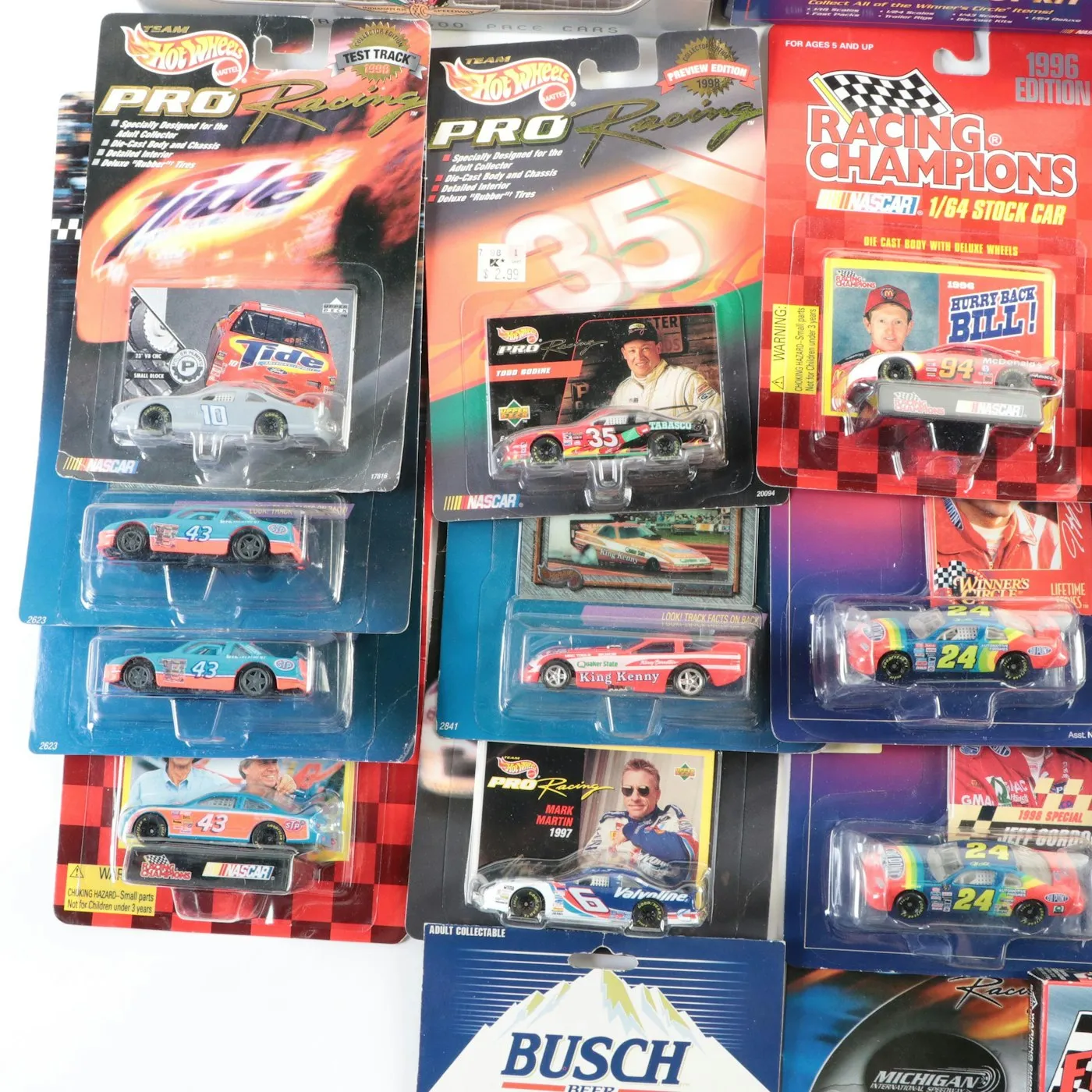
Track banking, or the angle of the turns, plays a critical role in corkscrew racing. A well-banked turn allows the car to maintain speed and stability while negotiating curves. The design of the turns can influence the car’s handling and create opportunities for passing or strategic maneuvers. A strategically designed track maximizes the experience, creating a competitive and enjoyable environment.
Car Handling and Speed
Car handling and speed are key factors in corkscrew racing. A car’s ability to maintain its speed through turns and avoid derailing determines its success. Wheel alignment, tire grip, and overall weight distribution all contribute to the car’s handling characteristics. Adjusting the car’s configuration to improve its handling and maximize its speed through the turns can improve its chances of winning the race.
The Vertical Drop
The vertical drop is an exciting element of downhill racing that leverages the power of gravity. This feature creates a thrilling plunge for the cars, maximizing their speed and providing a spectacular visual experience. However, this also poses a challenge, as cars must maintain their stability and navigate the landing without derailing.
Gravity and Acceleration
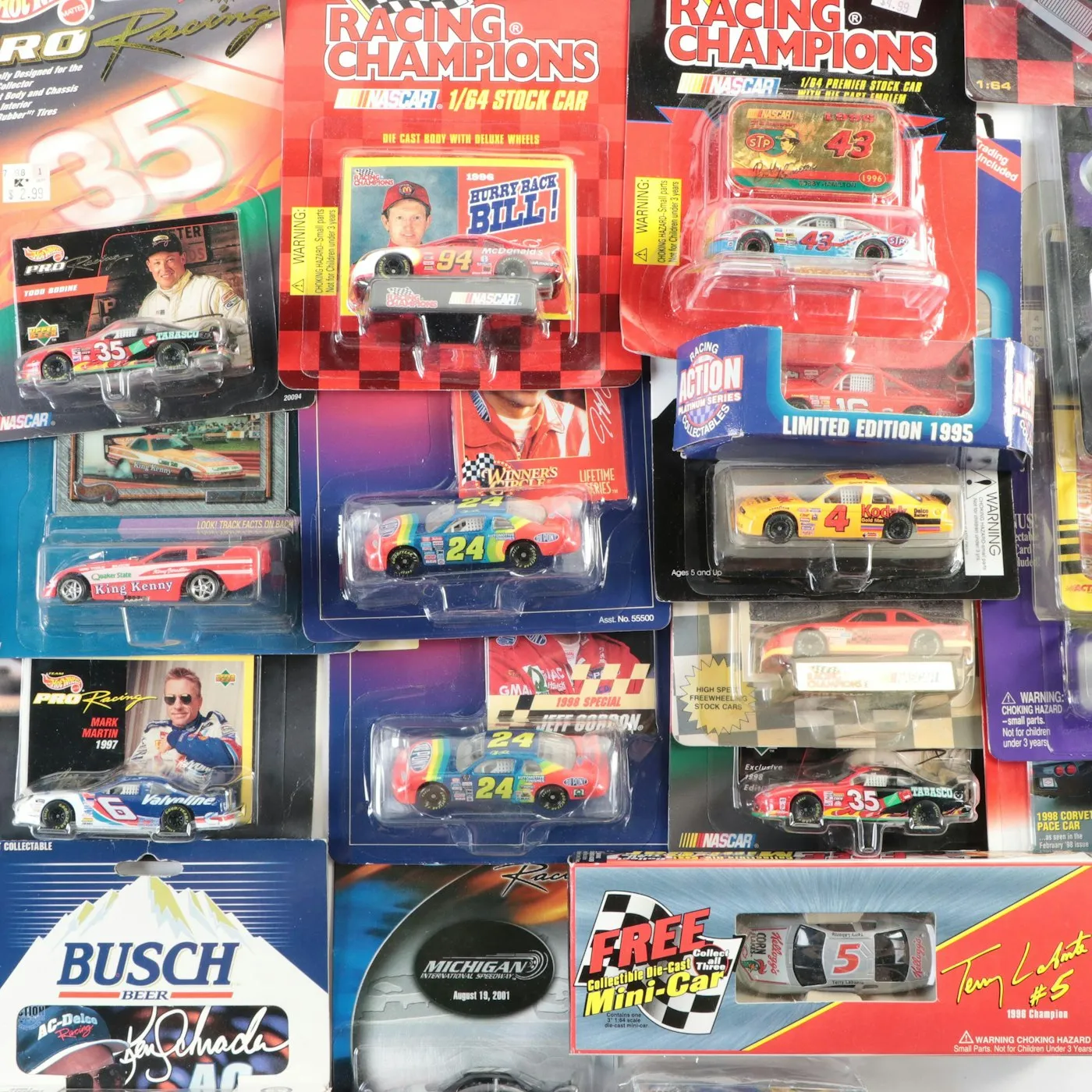
Gravity is the driving force behind the vertical drop, accelerating the cars downward. The steeper the drop, the more significant the acceleration. This also requires careful track design to manage the resulting speed and prevent the cars from flying off the track. The effective management of gravity determines the ultimate success.
Finishing the Race
The final segment of the vertical drop is crucial. The design of the landing area determines how successfully the cars complete the race. The landing area should be designed to help the cars maintain momentum and continue to the finish line without losing control. Adding features like a slight upward slope after the drop can help slow the cars down and prevent them from crashing.
Downhill Racing Strategies
Developing effective downhill racing strategies is crucial for success. This involves understanding the dynamics of the track, car modifications, and optimizing the car’s performance for specific challenges. Combining track knowledge with a well-prepared car is the key to achieving victory. Successful racers often analyze each track and experiment with various techniques to get an edge.
Car Modifications for Speed
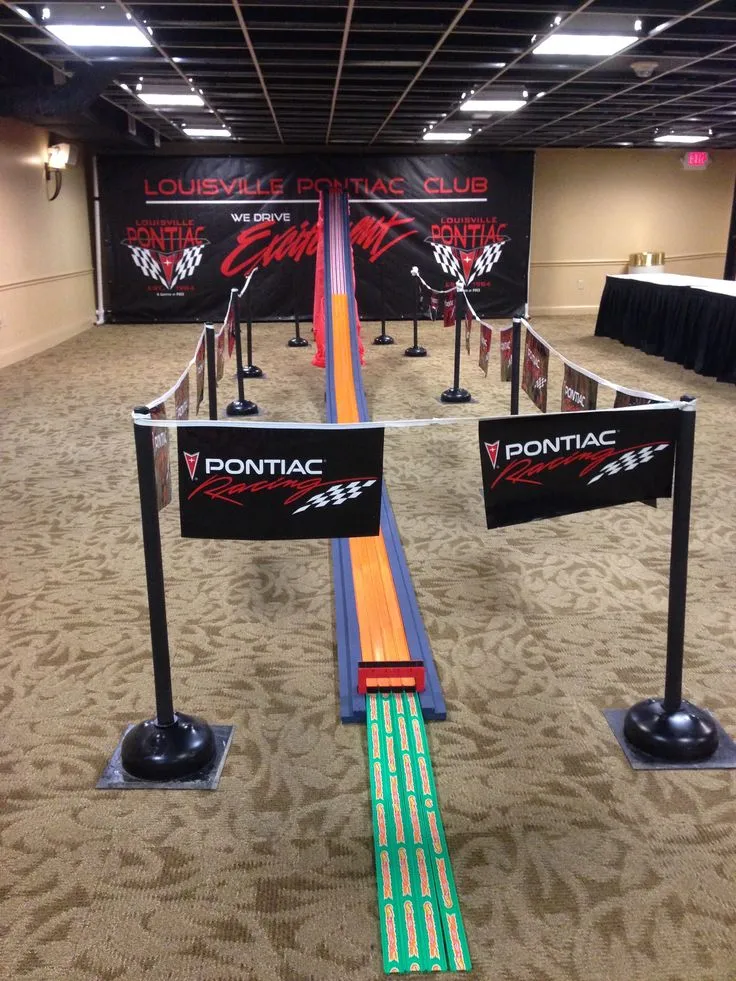
Car modifications can significantly improve speed and performance. Several enhancements can be made, from optimizing wheel and axle setups to adjusting weight distribution. Experimenting with these improvements is key to finding the perfect balance. The ability to customize the car allows for fine-tuning the cars to match each specific track.
Wheel and Axle Upgrades
Upgrading wheels and axles is one of the most impactful modifications. Using wheels with minimal friction and optimal alignment can increase speed. Axle adjustments, such as smoothing or replacing the axles, can also reduce friction and boost performance. These minor modifications can create an immense impact, and it’s something many racers take seriously.
Weight Distribution
Weight distribution is crucial. Adjusting weight distribution, such as adding or removing weight in strategic positions, can enhance stability and improve handling. Experimenting with the position of the weights can create better outcomes. Weight distribution can impact the car’s ability to stay on the track and maneuver through turns.
Track Lubrication
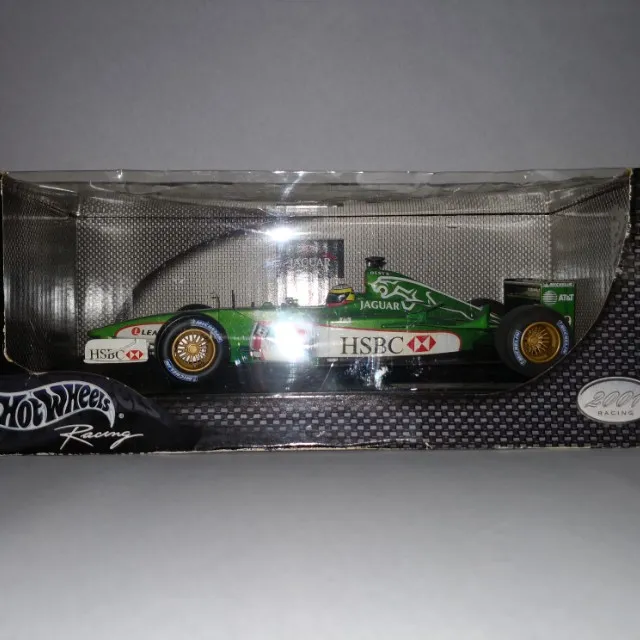
Lubrication plays a significant role in reducing friction and increasing car speed. Applying lubricants to the track surface and axles can decrease resistance, allowing the cars to travel faster. Finding the right lubricant is key to achieving optimal results. The track lubrication can create an edge in the race, and can be the difference between victory and defeat.
Waxing the Track
Waxing the track is a common method of reducing friction. Applying wax to the track surface creates a smooth, low-friction surface that allows the cars to glide with greater ease. The type of wax, the application method, and the surface of the track all have an impact on performance. Waxing is a method that many racers use to increase speed.
Using Lubricants
Various lubricants, such as graphite powder or specialized dry lubricants, can also be used to reduce friction. Applying these lubricants to the axles and other moving parts can decrease resistance and maximize speed. It’s essential to test different lubricants to see which ones perform best. Each lubricant type will provide different results.
Tips for Winning

Mastering downhill racing requires dedication and practice. It is necessary to understand the track, car modifications, and race strategies. Improving your racing skills is the surest path to victory. Consistent practice, track familiarity, and thoughtful car preparation are the hallmarks of a successful downhill racer.
Practice Makes Perfect
Consistent practice is crucial. The more time you spend racing, the better you will become at understanding the dynamics of the track and the behavior of your cars. Regular practice allows you to test modifications, refine your strategies, and develop a feel for the optimal racing techniques. The more you practice, the more you’ll be able to make necessary adjustments.
Track Familiarity
Track familiarity is essential. Understanding the track layout, including the turns, slopes, and any special features, is key to winning. The more you know about the track, the better you can anticipate the car’s movements, predict its speed, and make strategic decisions. The ability to accurately predict events is a significant advantage. The goal is to become as familiar with the track as possible.
